Rules of conduct in public places

We come across different people every day. In transport, at work, in the store, on the way home, we meet many people in a hurry about their business. Compliance with the rules of conduct allows you to avoid bad situations, which we sometimes witness. There are frequent cases of unpleasant conversations in transport or quarrels in the store. A well-mannered person knows how to behave correctly and will definitely avoid such situations.

Why are rules needed?
From early childhood, children are told how to behave correctly. From the first days, adults should help the kid become a cultured person, be able to get along with other children in the children's step and at school. Growing up, everyone should remember these rules and follow them. Such norms exist to help anyone avoid embarrassing incidents, which not only spoil the mood, but also leave an unpleasant impression for a long time. How an individual gets out of an unpleasant situation depends on how familiar he is with such a concept as etiquette.
How the people around us see us largely depends on the correctness of our actions. Society begins to evaluate a person and all his actions.
Correct behavior will help to establish contact with new acquaintances, achieve mutual understanding, create fertile ground for further cooperation.
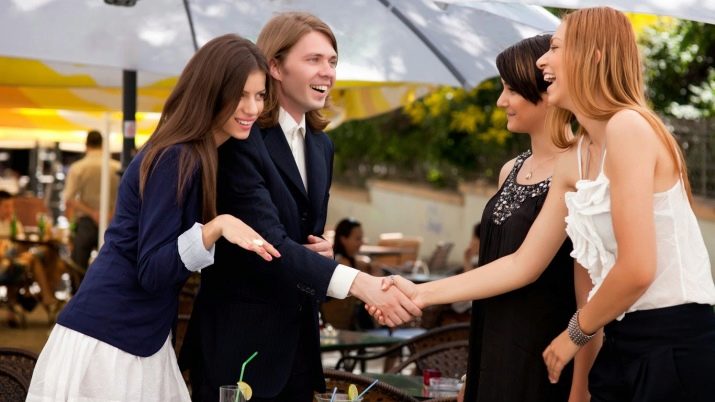
The purpose of the rules of conduct is to create a comfortable environment for each member of society, avoiding rudeness, rudeness, disrespect for individuals. The kind of society we create depends on each individual person, on his ability to behave correctly and comply with generally accepted norms.
Although we are taught from early childhood the rules of good manners and the ability to behave culturally in a public place, judging by frequent conflicts, some norms of etiquette are not taken into account by individuals. Ethics is a kind of standard of behavior, a system of rules adopted in society.
The most important elements in everyday life should be: the rule of good manners, kindness to others and special attention to them.
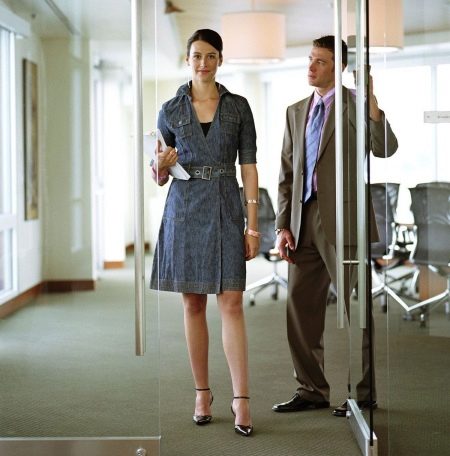
Code of conduct for children
From birth, a child encounters a small number of people - these are parents and loved ones, doctors, neighbors. Getting into kindergarten, he feels insecure if his parents did not manage to instill in time the rules of good behavior that should be observed in such institutions.
Each person in a new place feels insecure, and such a situation can cause stress for a child. Gradually accustom your baby to a large number of people, talk about the rules of behavior. Explain what actions are unacceptable for children.
Growing up, the child will already have certain rules in his luggage, know them and try to follow them.
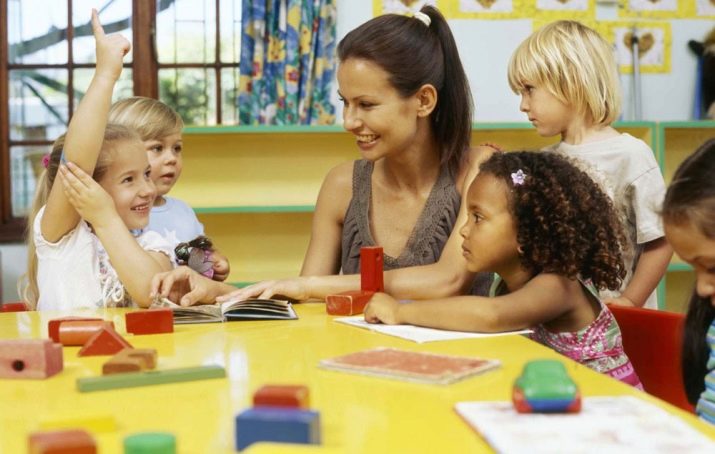
We often see on the street or in a store how a child begins to behave ugly, throwing tantrums. Small children beg for toys and sweets from their parents. As for adolescents, they can make loud noise, swear, smoke, and behave inappropriately. This behavior must be unacceptable for minors.
Many of them know that there are norms that need to be adhered to, but not all of them follow them. Teenagers should understand that parents can be punished for non-compliance. From the age of 14, they themselves will be able to answer for disturbing public peace.
Cultural skills should become the basis of life, because it is easier for a person with a good upbringing to establish relationships with others throughout life.


There are certain rules that must be followed:
- Shouting loudly in a public place is not recommended.
- You can not throw garbage outside the trash cans, spit, break trees and bushes.
- It is necessary to follow the rules of the road, cross the road in the prescribed places.
- You can not do bad deeds, you should warn your peers against them.
- Children should not bully and tease other people, as well as insult, damage property or clothing of their peers.
- You can not offend the little ones.
- Elderly people must be respected.

These are just the basic requirements for students. Schoolchildren know that they are not allowed to:
- Drinking alcoholic beverages.
- Play gambling cards.
- Swearing with obscene words.
- Climb into basements, rooftops.
- Doing mischievous things, such as throwing stones.
Judging by the fact that such actions can be found quite often, these children were not sufficiently taught how to behave in a public place.
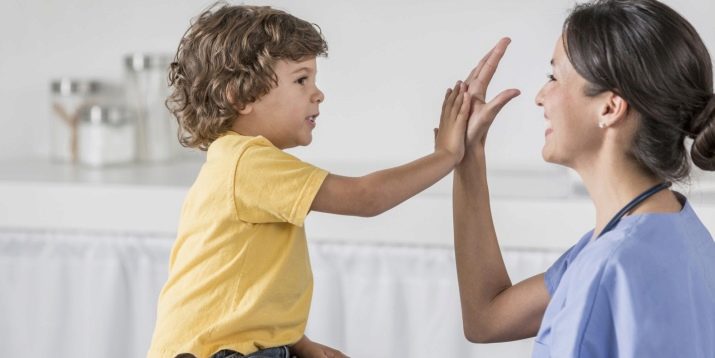
Adults are obliged to teach the child how to act correctly in placeswhere there are many people, so as not to disturb the calm. It is necessary to make it clear to the kid that well-mannered people will not scream and make noise, throw pieces of candy on the floor, whistle and spit.
When a baby gets to a new place, he must understand how to behave correctly and what not to do. For example, tell your child not to tease animals, throw stones, climb on trellises, or shout or spit loudly in a zoo. Thus, a young visitor will not only frighten the animals, but will also interfere with those who have come to the zoo and put himself in danger.
When attending a circus or cinema, the child must follow the correct manners. Explain why there is no food during the performance while popcorn and drinks are brought to the circus. When visiting a museum, children should carefully listen to what the guide is telling, and also not touch the displayed exhibits and showcases.
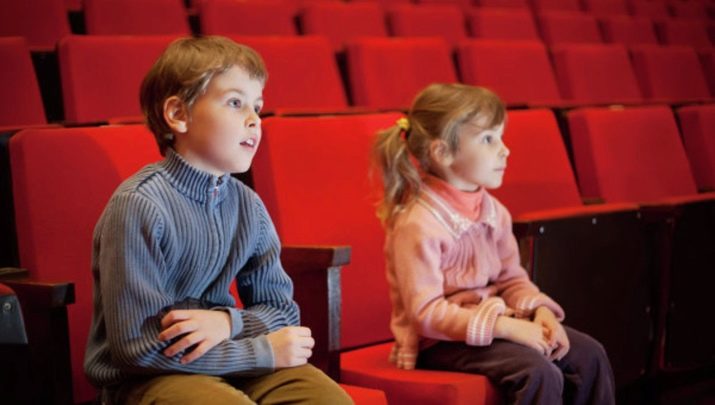
Particular attention should be paid to children on their behavior in transport. Explain to your child that:
- Women and elderly people enter first, then children enter.
- Passing through the cabin, the elbows must be pressed, you must not push the passengers with them.
- You need to pay the fare on time.
- Loud music gets in the way, so they turn it down or turn it off.
- You can not make inscriptions on the seats, damage property, throw away garbage.
- You can not make noise, shout, and also distract the driver while driving
- If the child has not eaten the purchased hot dog or pie, it should be put in a bag and eaten after disembarking from the transport, otherwise passengers may get dirty. Use napkins with meals, eat gently, and do not chomp.
- The child should always have a handkerchief with him and use it as needed. When sneezing or coughing, you should always close your mouth, use napkins or a handkerchief.
- Also explain to your child that you need to monitor your appearance and when going outside to be clean and neatly dressed and combed.
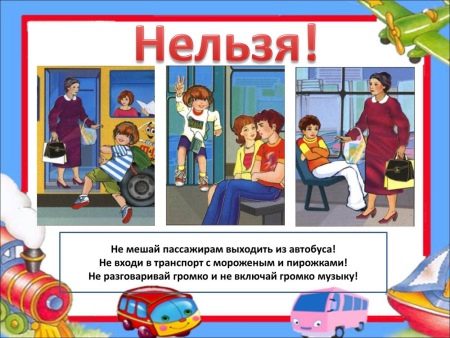
From early childhood, children are taught to be polite. For this kind of training, your daily example is better suited. Do not forget to say polite words in the family at home. When parents or relatives constantly use the words "thank you", "please", "bon appetit", "good morning", "good night" and so on, the child himself begins to pronounce them and learns first the rules of courtesy.
Do not forget to teach your kid the important rules of behavior:
- When opening doors, you should knock.
- Do not interrupt the conversation of elders.
- Don't ignore, walk away, or turn away.
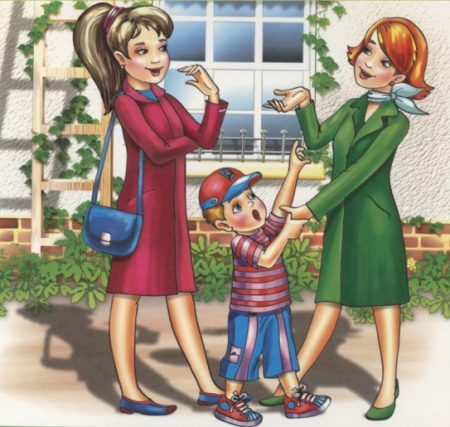
The child needs to instill cultural behavior at the table. Children copy their parents. If adults in a family do not always behave correctly, then young household members begin to repeat their actions. Teach your child how to behave at the table and tell them what not to do during meals.
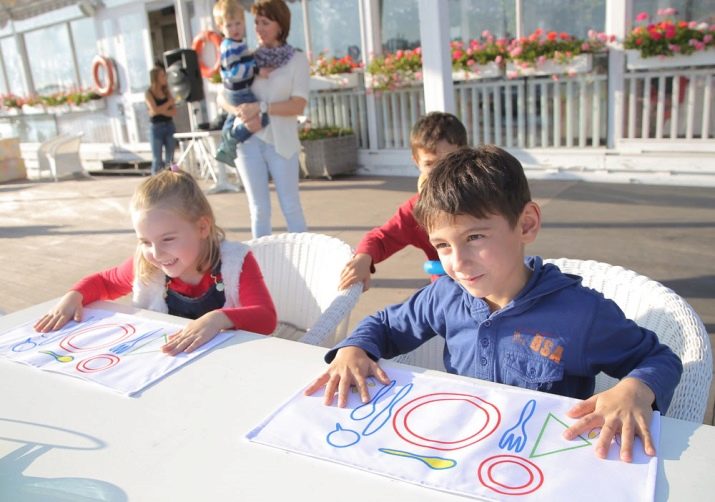
To make it clearer for the child (and for greater effect), hang pictures above the dining table with the rules of how to eat and what not to do. So, in a playful way, it will be easier to teach the kid the important rules of behavior and etiquette at the table.
The child must firmly know that:
- Before eating, be sure to wash your hands with soap and water.
- You need to be able to dry yourself with paper towels.
- You need to take a sufficient amount of food.
- Be able to use the devices correctly.
- After eating, always give thanks.
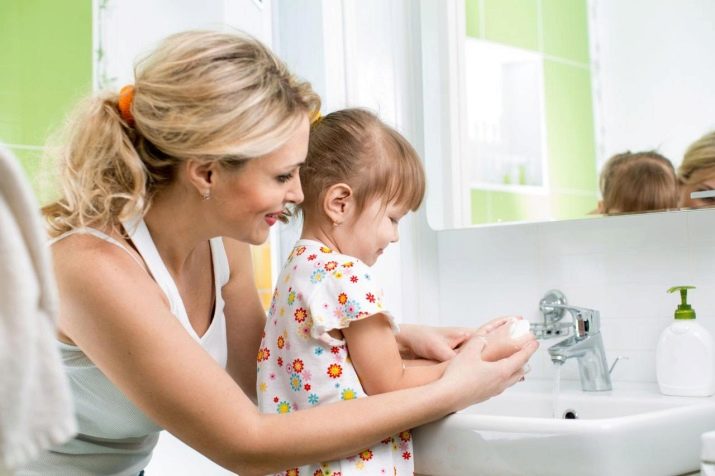
However, the child should be told what not to do while eating:
- Stuff your mouth full of food while talking.
- Spit food out.
- To indulge, spin, turn away, be capricious.
The child should know how to sit neatly and correctly at the table. Have him sit in a comfortable chair so he can eat easily on his own without spilling the soup on his clothes.
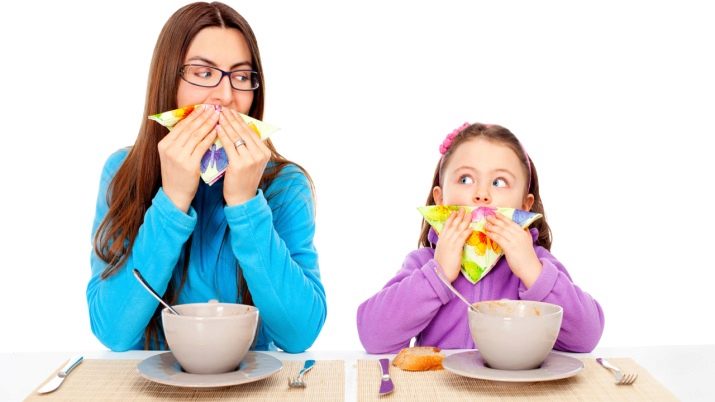
I would especially like to draw the attention of parents to the fact that you should teach your baby not to chomp at the table., which adults sometimes do. Start raising your child with yourself. The kid watches how his parents behave themselves in society. If he sees that they are loudly cursing, spitting past the trash can, throwing pieces of paper and being rude in the store, then this is hardly a worthy example to follow.
Growing up, your child finds himself in the company of peers who will have a certain influence on him. Show him that bad behavior looks bad from the outside, and also explain why other people judge bad behavior and how it might affect their future.
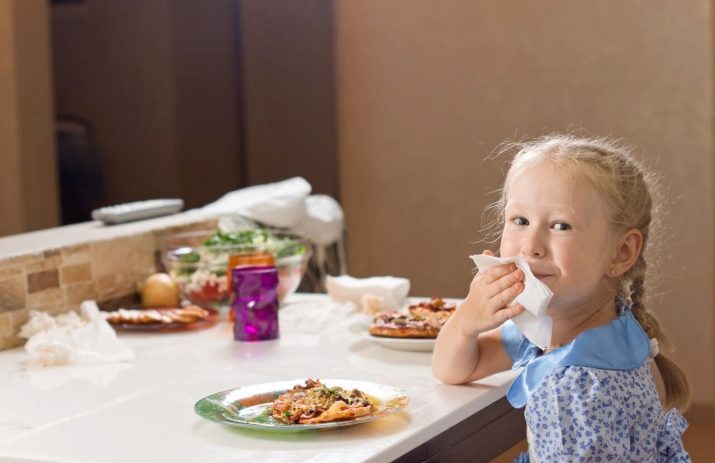
The established order for adults
Adults also have to adhere to the rules of behavior not only on the street, but also in the family. A lot depends on how adults know how to behave correctly in public places. Using the rules of cultural communication, you can establish new contacts in the workplace and at home.
Outside
When we leave the house, we encounter a lot of people. On the street, in transport, in stores, adults should behave so as not to inconvenience others and adhere to certain requirements:
- Make sure you have clean and comfortable clothes and shoes before going out for a walk.Hair should be clean, neatly styled.
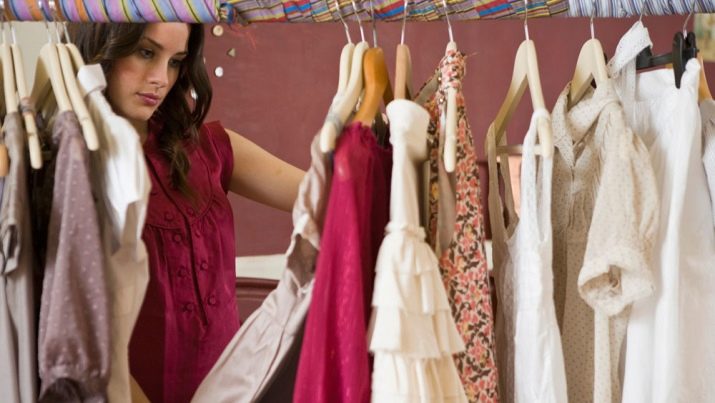
- When crossing the street, take a close look at the sides or pass at a traffic light. Never run in front of cars or in unidentified places. Also, you cannot walk on the lawn.
- When moving, do not swing your arms, do not keep your hands in your pockets, do not slouch, look ahead, but do not forget to look at your feet. If you want to grab a bite to eat, you can buy a roll or pie, step aside and eat your food. You shouldn't chew on the go - it's ugly. In addition, you can stain your clothes and those who walk around you.
- Do not throw trash, napkins and cigarette butts on the road. If there is no trash can nearby, temporarily put the trash in your pocket. For people who smoke, there are nooks where they can smoke. Smoking is prohibited in public places.
While walking, you should not push people apart, as well as advance, pushing with your elbows. You should go around and overtake passers-by on the right.

If there are several people walking on the sidewalk, there are certain rules:
- You should not walk in a crowd along the street, disturbing passers-by. 3 people are allowed, walking side by side.
- If a man and a woman are walking, the lady should go to the right. The exception is the military - they should be honored.
- If two men are walking with a woman, the lady goes in the middle.
- If there are two ladies and a man, next to him is an older woman, then younger in age.
- If the ladies are of the same age, the gentleman goes between them.
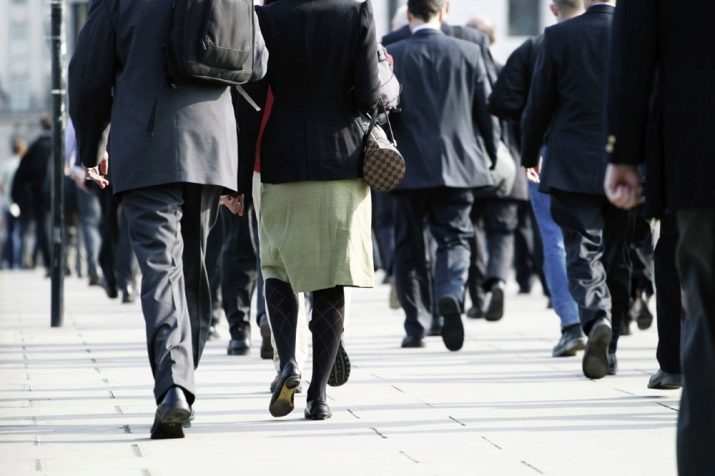
In transport
Traveling by public transport requires following certain rules:
- When entering public transport, remove bulky bags and backpacks to avoid hitting other passengers.
- You should not occupy more than one place in transport, with your legs wide open.
- If you are asked a question, you should listen carefully and answer it.
- Do not forget the magic words: "thank you", "please" - be kind. If you accidentally hit a passenger, you should immediately apologize. Often in transport one can observe such situations when someone is stepped on or pushed. It is very unpleasant when a scandal begins, but it was enough just to politely apologize.
- If you eat with small children, make sure that they do not make noise, do not disturb neighbors, or shout. Give them a quiet remark and discuss the matter with them at home.
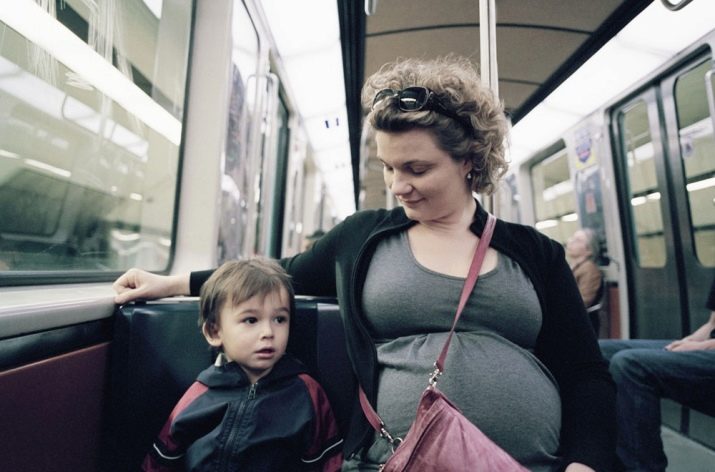
- Be sure to pay for travel, present travel or other documents without indignation, because the controller is just doing his job.
- Leaving the transport, the man comes out first, gives a hand to the lady. Young people offer help to elderly strangers, disabled people.
- Going down the stairs, a man should go first, and a woman should go up.
- If you are in an unfamiliar place or there is no light on the steps, the man should go first.
- If you go up in the elevator without a man, press the button yourself, if with a man it is his responsibility.
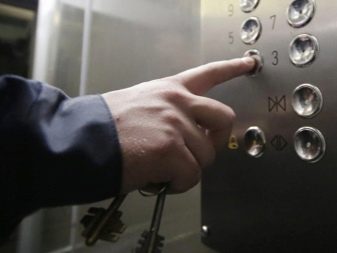

Public culture
Entering the store, in front of the door you should let people go out, then enter yourself. Be correct with sellers, prepare money on time, do not distract the cashier.
If you are going to the cinema or theater, the rules of etiquette will help here too:
- Be on time for the start of your show or show.
- When going to your seat, turn to face the audience.
- Do not turn, do not swing in different directions.
- Don't talk, don't whisper.
- Disconnect mobile phones

Memo of violations
Many people know how to behave correctly on the street or in transport. But people do not always know how to act when they come to a museum, theater, or cinema. For this, there are general rules of conduct:
- During the performance, you cannot talk on the phone or with neighbors, bang your feet, tap your fingers, whisper or shout out loud phrases or words.
- Do not rest your hands or feet on the back of the front seat. Do not come to the event with a fever, runny nose. You will not only interfere with those present, but you can also infect them.
- In the theater, do not look at the audience through binoculars, and do not examine them during the intermission. If a man comes to the theater with a lady, she should not be left alone. Take care of her, bring her drinks and sweets from the buffet (if she wishes).
- If you don't like the show, quietly (no discussion) stay until it is over. Do not leave the hall until the end of the performance, but rather wait for the intermission. When it is over, wait until the curtain falls, then you should slowly leave.
In more detail about how to behave in a theater, cinema or other public place, the following video will tell.








